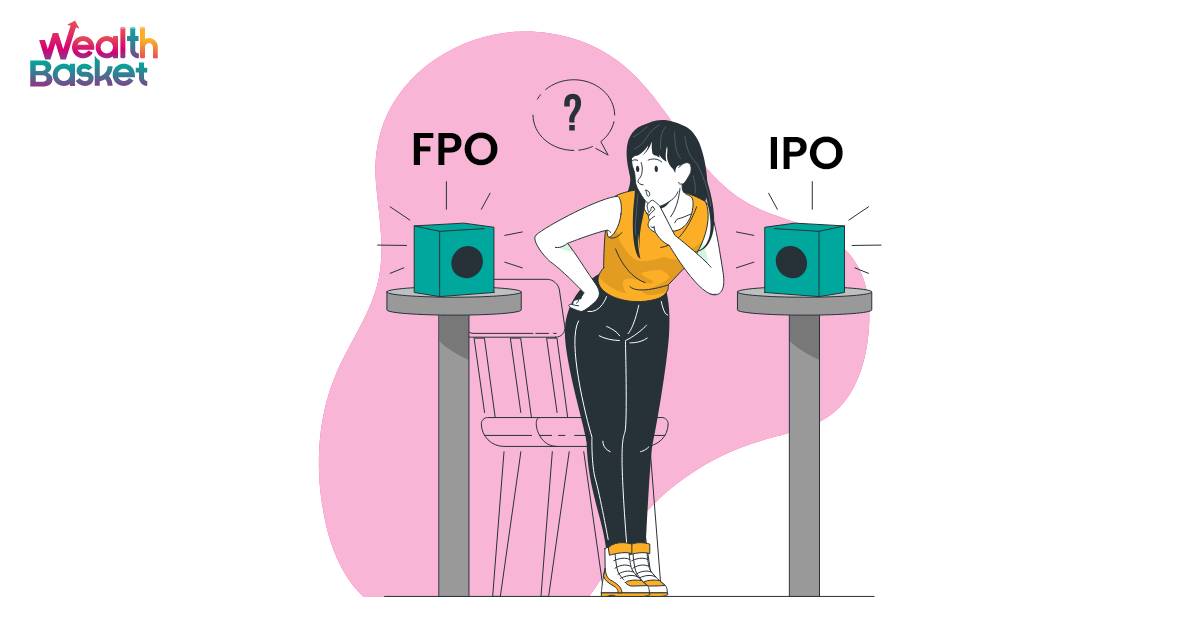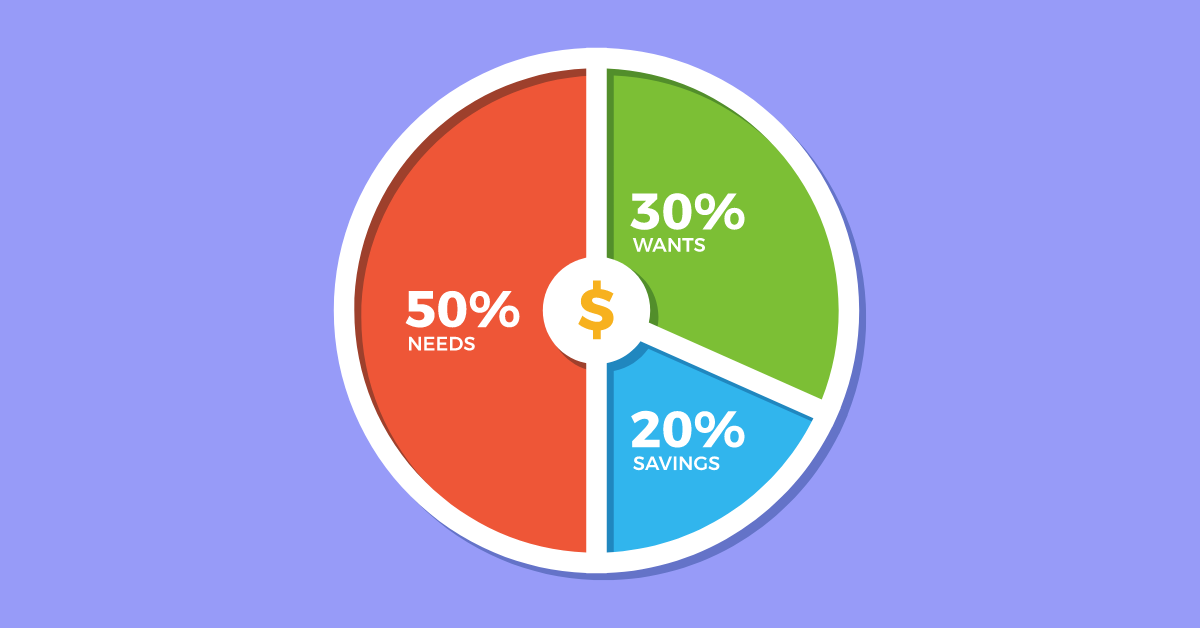IPO might not be a new term for you. However, if you have just started investing in the stock market or are already an investor, thoroughly understanding two ways companies raise funds from the general public, i.e. IPO and FPO, may help you make wiser investment decisions.
Explore this article to learn the meaning of IPO, types of IPO, the meaning of FPO, types of FPO and FPO vs IPO.
What Is An IPO?
The initial public offering, typically shortened as IPO, is the process by which private companies go public by issuing shares to the general public for the first time. Some objectives of an IPO can be to raise funds for business expansion, pay off debt, change the capital structure of the company, etc.
Some benefits of investing in IPO shares may be a lower purchase price of potentially strong companies, listing gains if the price paid is lower than the price at which the stock is traded on the first day of listing, etc.
IPO investments may seem risky as not enough details about the company’s track records may be available in DRHP. Return on investments from IPO depends on how companies do post-IPO.
Types Of IPO
Fixed price issue
As the name suggests, the company offers shares to shareholders at a fixed price. For instance, if a company wishes to raise capital, it hires a merchant banker to decide on the fixed price after looking at various quantitative and qualitative aspects like the company’s assets, liabilities, risks, future growth prospects, etc.
Suppose the company announces the share price to be ₹1,000 while announcing IPO; the investors need to pay ₹1,000 to buy a share. However, the shareholders get the idea of the demand for the company’s shares only after the issue is closed.
Book-building issue
Book building issue is that type of IPO in which the share price is not fixed; rather, it is discovered in the process. Here is an example for the sake of easy understanding of the book-building issue with an example.
Suppose a company wants to raise funds through IPO. It hires an investment banker who assesses the company from various aspects to decide the number of shares to be issued and the price band, i.e. price range for a share. After analysis, the company decides to issue 5,00,000 IPO shares in the price band of ₹500-₹550.
Investors would bid for the number of shares they are likely to buy and the price they would like to pay from the price band. They can not bid for less than ₹500 and more than ₹550 a share.
After the close of the issue, the company analyses the IPO bids. Suppose the following bids are received for the issue.
1,00,000 bids for ₹500
1,50,000 bids for ₹520
2,50,000 bids for ₹530
3,00,000 bids for ₹550
The bids for more than 5,00,000 shares are at or above ₹530. As the IPO is oversubscribed, all bids below ₹530 would be rejected.
Thus, the final price of shares is decided once the company receives bids. However, the share’s demand is known daily when the issue is open.
What Is FPO In The Share Market?
Follow on public offer, shortened as FPO, refers to the process by which a company which has already made an initial offering issues shares to the public again. The company may bring FPO to increase the portion of the equity in the capital structure, pay off debt, etc.
As shares are already trading on the stock exchange, the share price for FPO is determined by the market. Usually, it is set lower than the current market price to make it look appealing to more investors.
A benefit of FPO is that investors can easily access details about the company’s financial position and are better positioned to decide whether to invest.
A real-world example of FPO in India is Ruchi Soya Industries Limited, which launched on March 24, 2022, and was opened till March 28, 2022.
Types Of FPO
1. Dilutive offering
An FPO is considered dilutive when the company publicly issues new shares and tends to decrease the earnings per share (EPS).
Let’s understand it with an example. Suppose a company has a total of 5,00,000 outstanding shares and has marked total earnings of ₹12,00,000. It means the EPS is ₹2.4 (₹12,00,000/5,00,000). Now, if it issues an additional 1,00,000 shares by way of FPO, the EPS would reduce to ₹2 (₹12,00,000/6,00,000).
2. Non-dilutive offering
Non-dilutive FPO is when the promoters or pre-IPO investors offer privately held shares to the public. Therefore, it does not change the total number of outstanding shares but the total number of shares available to the public for trading.
Suppose a company has 5,00,000 outstanding shares, out of which 1,50,000 shares are privately held with promoters. It has marked total earnings of ₹12,00,000. It means the EPS is ₹2.4 (₹12,00,000/5,00,000).
Now, if the promoters choose to sell 1,00,000 shares by way of FPO, the EPS would remain ₹2.4 as the total outstanding shares remain unchanged.
Key Differences: IPO Vs FPO
Here are the differences between IPO and FPO.
| Point of difference | IPO | FPO |
| Issued by | Unlisted company | Listed company |
| Risk involved | Relatively high | Relatively less |
| Types | Fixed price issues and book-building issues | Dilutive issues and non-dilutive issues |
| Price of share | Either fixed or from the price band | Market-driven and based on the number of outstanding shares |
Final Thoughts
IPO and FPO have similar objectives yet differ in terms of issuer’s status, risks, types, share price determination process, etc. However, investors should properly assess issuing companies from every possible aspect to decide whether the company is worth your investment before investing in IPO and FPO.
We, at WealthDesk, help you have an easy and rewarding investment journey by helping you to invest in WealthBaskets, which are the combinations of equities and ETFs reflecting an idea, theme, or strategy. SEBI registered professionals build and manage these WealthBaskets.
FAQs
As already listed companies use FPO to raise capital, it may be relatively less risky. It is because investors may already have an idea about the company’s management, working, financial position, etc. and thus would not be required to do much research.
The objectives of FPO can be to raise additional capital and increase or dilute its equity base in the market.
There is no fixed pattern that the share price would follow after FPO. Post-IPO, whether the price goes up or down depends on the success or failure of the IPO.
Various market participants, like retail investors, mutual funds, foreign institutional investors (FIIs), etc., are eligible to participate in an FPO.
The FPO share prices are decided based on the demand
and supply of shares in the market. Usually, the FPO
share price is kept lower than a share’s
market price.


















